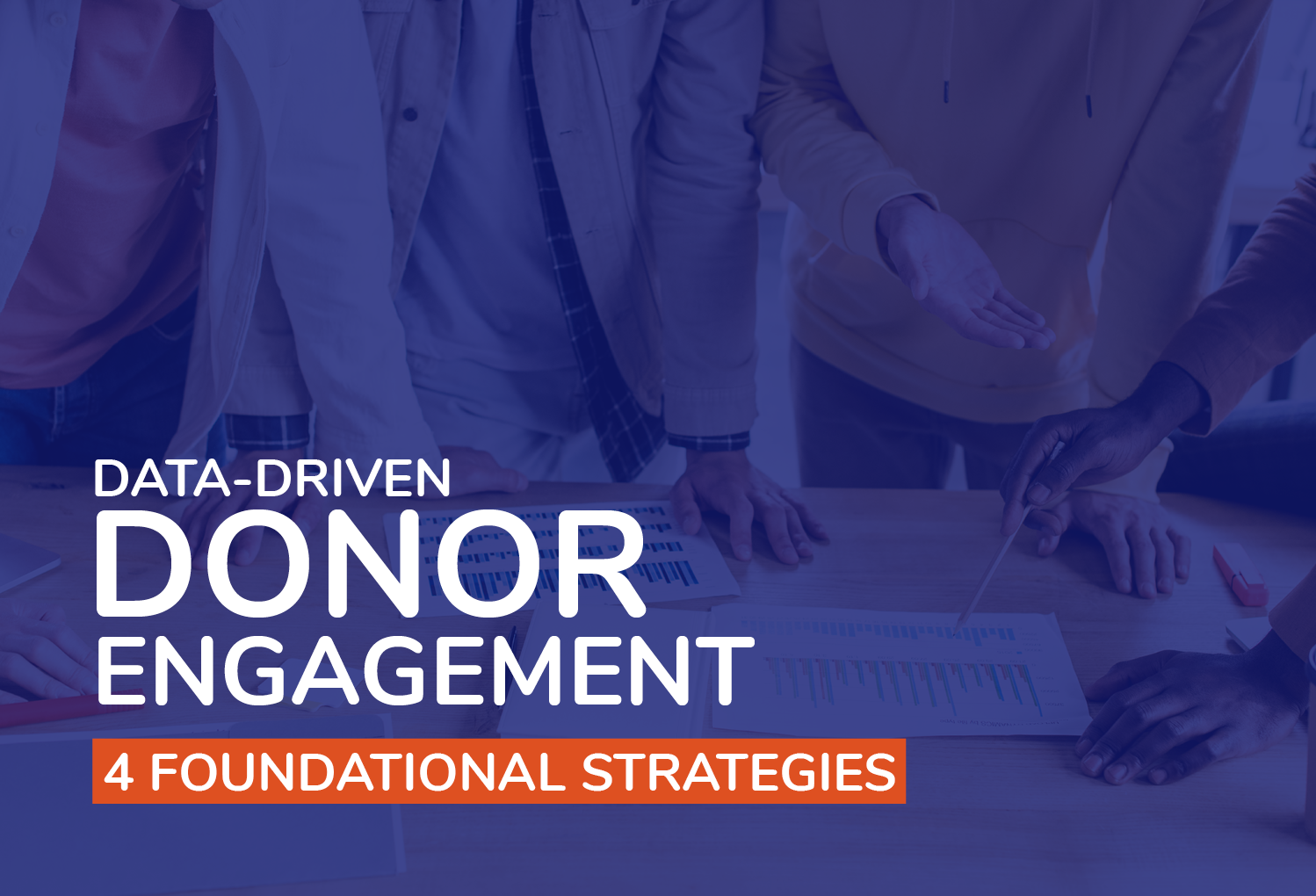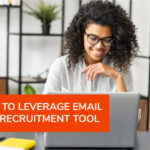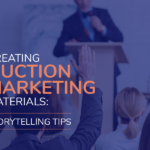Data-Driven Donor Engagement: 4 Foundational Strategies

Data is everywhere today—in our fundraising, marketing, and communication strategies, discussed in the industry publications we read, and requested in grant applications. AI has further complicated things practically overnight, introducing a whole world of new lingo and best practices for nonprofits to learn.
But what you might see less of are truly actionable ways to put that data to use to drive impact for your nonprofit. All kinds of data trends and use cases sound amazing on paper, but if they’re not directly helping to drive your mission forward, it can be difficult for resource-strapped nonprofits to prioritize them.
When it comes to direct impact, few things are as important for your organization as its donor relationships.
Let’s say you’re already familiar with why and how to collect valuable data for your nonprofit, like donor information, fundraising records, impact statistics and projections, and more. How can you actually use this data to help strengthen your relationships?
Expressing appreciation to donors and maintaining their engagement are cornerstones of nonprofit relationship-building, so let’s hone in there. We’ll take a closer look at some foundational data-driven practices for improving your approach to donor engagement.
1. Lay a personalization foundation.
The first way you should use your data is to personalize your outreach. Think of this as the foundation for your appreciation strategy.
Why is personalization important? These days, donors and consumers expect a certain degree of personalization and acknowledgment—broad “dear donor” messages just don’t resonate anymore. By taking simple steps to individualize your messaging, you can significantly increase engagement. Just making your messages a bit more eye-catching in an email inbox can make the difference between your thank-you message going read or unread.
Personalization can be thought of in two ways:
- Individual. This involves importing names, recent donations, and other data points to automatically populate digital messages to donors.
- Broad. Broad personalization is done through segmentation, or sorting donors into discrete groups based on shared characteristics so that you can better target your messages and asks.
Segmentation is a foundational practice that you’ll need to implement (or revisit) to make the most of all the other tips discussed below. It allows nonprofits to tailor their engagement outreach at scale. In other words, while it’s not feasible to write a personal note to everyone, you can group donors by interest, preferred engagement methods, and other relevant characteristics to efficiently send more impactful messages.
For both of these types of personalization, you need a strong baseline of data collection. Record each touchpoint with donors and associate it with the proper profile in your nonprofit’s CRM. Thankfully, this process can be highly automated these days, at least for digital interactions. Check out Kindful’s introduction to CRMs for a quick overview.
2. Learn donor preferences to tailor your messages.
As you learn more about your donors, you can gather or infer information about how they prefer to engage with your nonprofit. Meeting them where they are will maximize the chances of engagement, generally smoothing out supporter interactions and creating a more positive experience.
When you send appreciation messages or requests for future engagement, tailor your outreach based on donors’ preferred:
- Communication methods
- Programs or services you offer
- Types of campaigns
- Types and formats of events
Preferred communication methods can be inferred from your data. For example, a donor who opens almost all of your emails and ‘likes’ many of your social media posts but rarely engages with traditional communication methods like direct mail reveals a strong preference for digital communications.
Meanwhile, you can directly ask about donors’ favorite aspects of your operations through surveys, and for mid-level and major donors, one-on-one conversations. If you use paid ads like Google Ads, Google Analytics can track which types of content and messaging attract clicks and conversions, helping you refine your messaging across all channels.
Using this information, you’ll not only reach out to donors in the places where they’re most likely to respond, but you can also proactively suggest more personalized engagement opportunities. Nonprofit development shops already do this with major donors at a highly individualized level (explore Bloomerang’s major donor guide to learn more). However, you can scale this approach for broader audiences through segmentation, too.
For example, you could generate event invite lists and craft different messages based on previous event attendance. When you publish your annual report, you might create a handful of segments based on favorite programs and write promotional emails that lean into those aspects to encourage more donors to click through and read the report.
In some contexts, you might get even more granular. If you’re planning a peer-to-peer campaign, for instance, use your CRM to identify highly engaged low- and mid-level donors and directly reach out to ask them to lead a volunteer fundraising team. This early step could go a long way to show donors that you see and value their involvement.
3. Show you value donors’ opinions.
Remember, effective data-driven processes aren’t just about using the data but also collecting it.
Asking donors for feedback is an easy and direct way to show them that you value their opinions and want them to be active parts of your mission and community. You might ask for input about:
- Communication preferences and favorite aspects of your work, as mentioned above
- Feedback on recent events and campaigns
- Overall thoughts and concerns related to your mission
- What they think is going well or not
- Familiarity with different forms of giving
Depending on the nature of the feedback you’re gathering, you may want to take a targeted approach. For example, going through everyone’s notes about their concerns could become a time-suck with diminishing returns, but focusing on your most engaged and highest-impact donors would likely be more effective. More specific and actionable input on personal preferences and event feedback is more appropriate for a broad audience.
In any case, this is invaluable information to gather. Carefully record and organize donors’ input, then actively use it. Fold it into your segmentation processes to further refine your appreciation and engagement outreach.
This practice helps you learn more about your supporters and actively show them that you value their input, not just their involvement.
For your high-impact donors, treat feedback collection as a one-on-one stewardship opportunity. You can have fun with feedback collection at scale, too. You might frame your surveys as annual opportunities to join the community forum, offer prizes to random respondents, and create engaging mini-reports that share interesting findings about donors’ favorite moments from the past year.
4. Use data to craft more engaging content.
One of the most effective (and passive) ways to demonstrate appreciation is by not taking your donors’ attention for granted. When donors only receive the same handful of messages from your organization, even if they’re personalized with their names, they’ll likely start to tune them out after a while.
You probably already take steps to mix up your messaging to catch donors’ attention, but are you using your data? Your CRM is full of fascinating data points and trends that donors as invested stakeholders would be interested to learn. For example, in your thank-you and general engagement outreach, you could highlight:
- Impact statistics from recent campaigns and programs
- Survey results
- Fundraising results
- Qualitative data like constituent feedback and stories, shared with permission
Using data in your messages has several benefits. It helps donors feel valued and in the loop. It makes your work more concrete, reinforcing to donors the value and impact their support helps drive. It also simply makes an organized, professional impression.
It can be helpful to consider the concept of inbound marketing—creating valuable, engaging content and offering real value to attract an audience’s interest, build relationships, and grow awareness. Your donors want to feel part of a community that’s driving impact together, and using a mix of stories and data across a range of interesting content is an effective way to foster that feeling.
Deliver your engaging, data-filled content like infographics, your annual report, and videos through email, social media, direct mail, or whatever channels will best resonate with the particular audience or segment you want to engage.
Here’s an easy exercise: Flip through your nonprofit’s last annual report. What opportunities exist to deliver the information it contains in more engaging ways? Jot down a list of ideas or options that come to mind, or ask a small group of donors for their feedback. Schedule a lunch focus group and see how it goes—an hour or two of your time could yield easy improvements that significantly grow your messages’ engagement power.
A data-driven approach to donor engagement is within reach for organizations of all sizes.
The first hurdle is to ensure you’re collecting and storing the right information in a central, easy-to-use location. Donor management systems are more accessible than ever and unlock years of engagement and impact. If you need to invest in a new CRM tool for the first time or upgrade an outgrown platform, explore your options (many of which are free or inexpensive) and find a solution that can grow along with your engaged supporter community.


